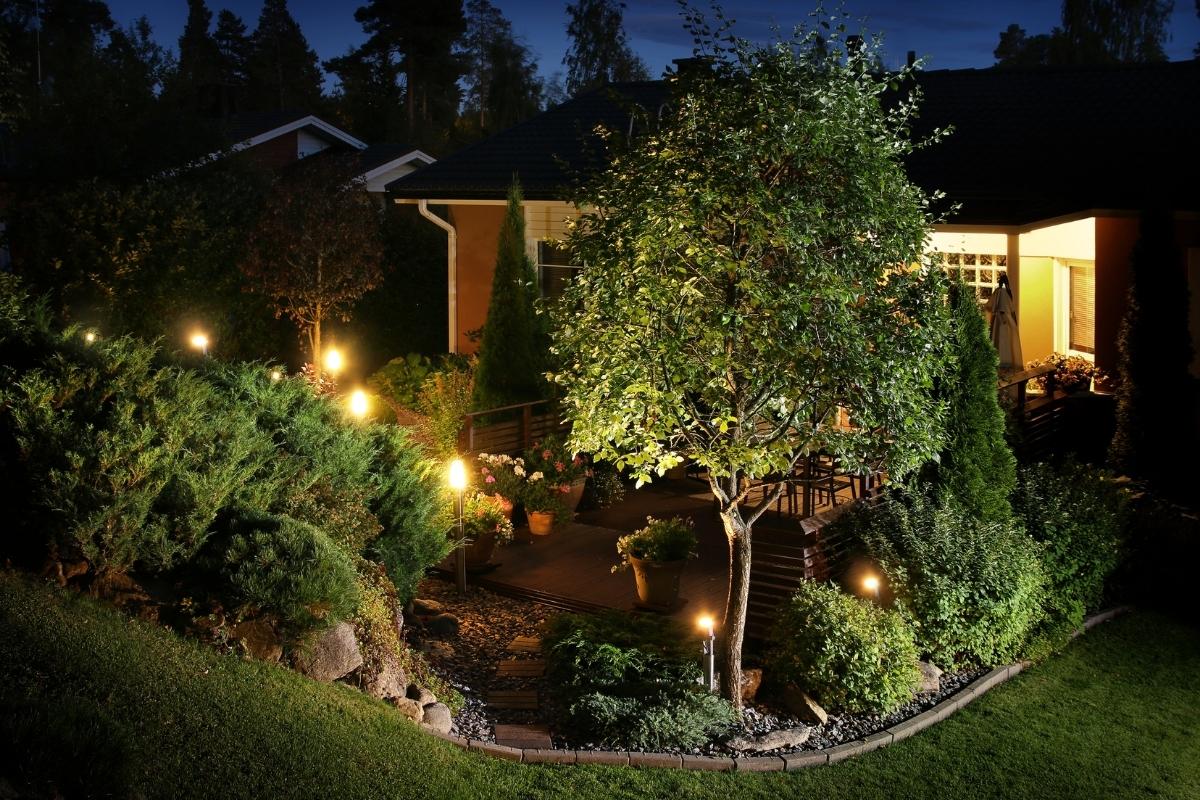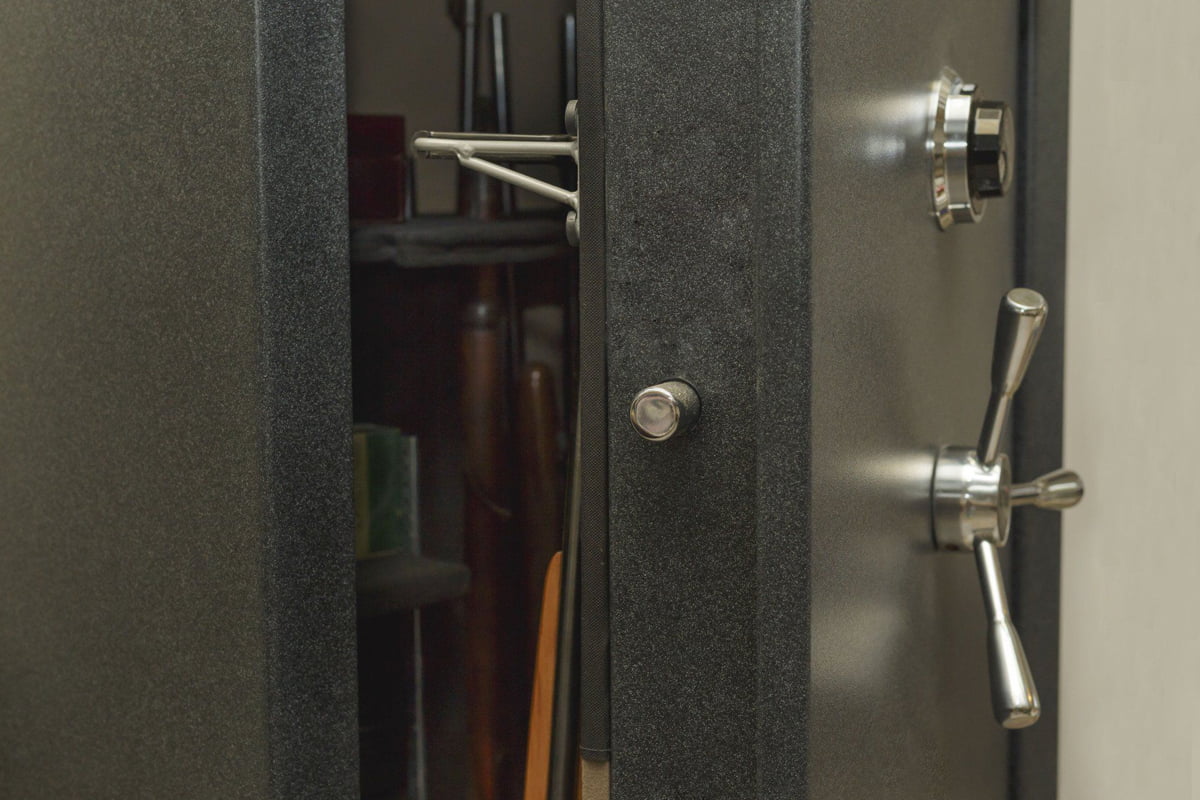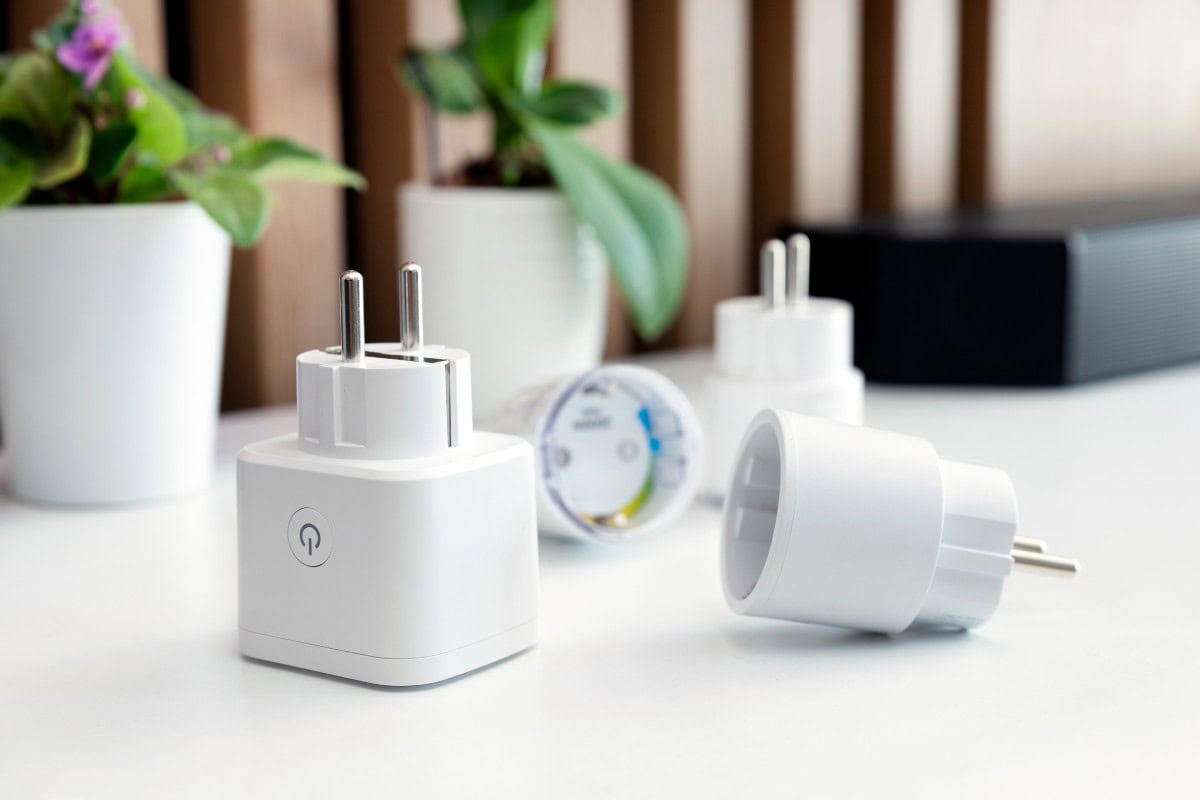Installing landscape lighting is a task that could be done by you or by a professional. It’s recommended to hire a pro for such a project, but before you start looking for one, you can take a look at the basic points and decide if you could manage it. Landscape lighting installation is an easy task if you follow a simple checklist.
Evaluate the Landscape
First of all, you should carefully inspect the landscape and the surroundings as well as the area that you are planning to illuminate. You can make a simple drawing with the shape of the area, points of interest, pathways, or any other specific place that will need light.
If you are familiar with the modern 3D landscape software, you can even create a realistic preview of the project, including relief mapping, lights, and shadows. There is free lighting simulation software available where you can create a project and see the result when using specific landscape lights.
While doing your research on the landscape, think of what you want to express and what impression you would like to achieve to your guests or anyone who will be visiting your garden, mini-park, or backyard, and surprise them with well-established landscape lighting installation.
Decide Where to Install the Lighting
You should consider the general landscape lighting as it will be the main lighting for your outdoor area. It is good to place marking lights at the perimeter of your land field.
- Borderlines and Corners – They are a perfect spot for landscape lighting installation. They will give the place a complete vision.
- Pathways – Illuminating pathways is a must. It is not only visually appealing, but it will make the pathway safe and secure.
- Flower beds – Flowers are beautiful, and you can enrich their colors with properly installed lights pointing in the colorful petals.
- Trees – If you have an impressive pine or cypress, you can add some dramatic effect to it and make the garden much more interesting.
Ponds or Rockery Gardens – Those areas are always attracting our attention, so it is good to illuminate with style.
Choose the Right Landscape Lighting
There are plenty of different landscape lights available on the market. The first thing to consider is always the design. Choose visual and aesthetic perfection to make the outdoor experience more appealing. Don’t forget that there are specific types of lighting for every task:
- Spotlights – Perfect for directing the light towards single garden object – tree, bush, sculpture, architectural accent.
- Floodlights – Use them when you need more light or for illuminating big open areas.
- Path lights – As the name says, it is your choice when it comes to pathway lighting. They distribute the light near the ground without blinding anyone who is walking.
No matter what types of lights you are using, you can always select a motion-activated outdoor light to save energy in the daytime, and they can also function as a security light at night.
Think About Energy Consumption
Nowadays, it is popular to build landscape lighting installation that is environmentally friendly, energy-saving, and produced by green technology. Select LED landscape lights – the lowest possible energy consumption, long life, and maintenance-free.
The only downside of the LED lights is their price compared to the traditional incandescent bulbs. So choose carefully and make calculations about what are the expected costs of power used compared to the initial investment in landscape lighting.
Solar-powered lights are a perfect choice when it comes to energy-saving technology, but be careful as most of these products are creating just a glow or a dim light instead of powerful lighting.
Controlling Your Landscape Lighting Installation
- Manual switch – The cheapest option, but you will have to manually switch on and off the lights.
- Timer switch – You can set the timer to turn on the lights at exact hour, for example at some time in the evening, and turn them off in the morning.
- Photocell switch – It’s an automatic solution which will turn on the lights when it gets dark and vice versa turn them off when the light outside is enough.
- Motion sensor switch – It’s also a good choice combining energy-saving and automation.
Maintenance the Landscape Lighting
Do not underestimate the maintenance costs of your landscape lighting installation. Depending on the number of installed lights, you can get significant addition to your electricity bill. It’s good to check the power consumption in the first several months in order to adjust acceptable levels.
Weather conditions can significantly decrease the performance of your landscape lighting. Water will create corrosion, wind will make a layer of dust and dirt over the lights, and sun will speed up the aging of all plastic materials, etc.
You will need to take care of your landscape lighting in order to maintain its perfect condition and regularly check the lights, clean them, and replace them if necessary.
Conclusion
Landscape lighting is a great way to enhance the beauty of your garden, and a well-designed landscape lighting installation will make your garden look amazing and make your home more comfortable. It’s important to install the right type of lights to make your landscape more attractive.









